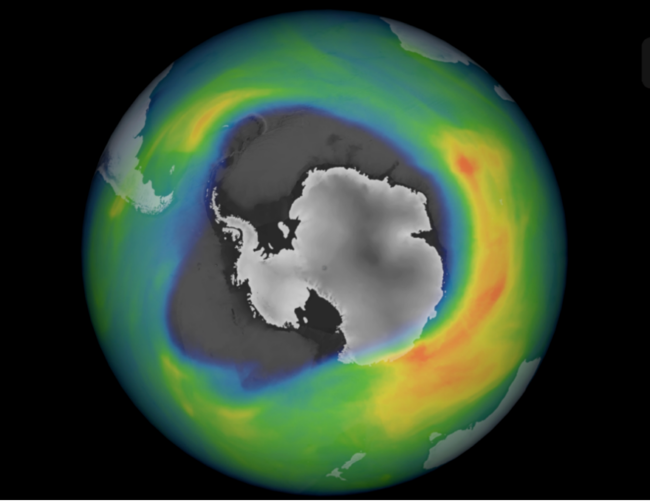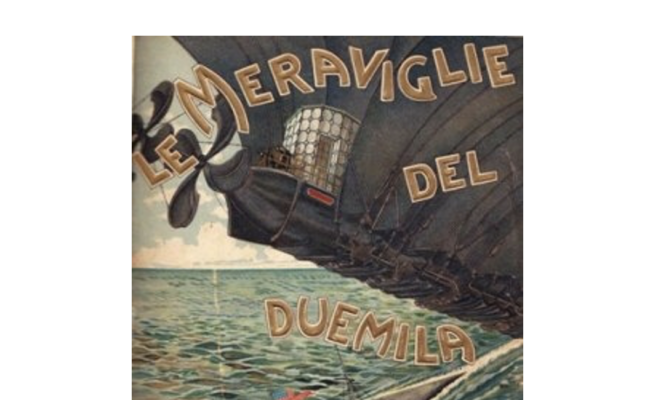The Gravity of Courage
ESG initiatives suddenly find themselves in the political crosshairs. Laws have been passed in several states – and others are pending – requiring legal action against companies not considered supportive enough of fossil fuels.
There is even pressure on firms who refuse to support certain cable or wish to make greener investments.
Occasionally, a company resists being pulled down by this type of political pressure, but it isn’t easy: the gravity well surrounding today’s business climate is both deep and wide. Resistance requires courage and by no means all such companies have that.
The example of one company that did have the courage to resist and, by so doing, caused important change far beyond their own walls, is instructive for today’s browbeaten executives, who are mustering the courage to do the right thing.









